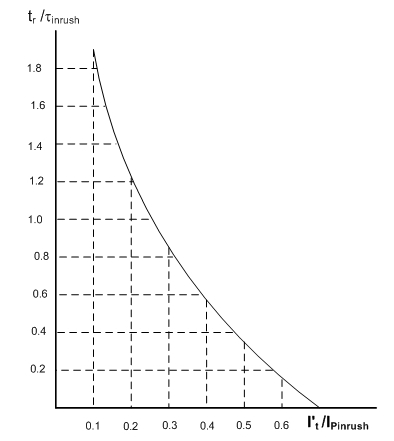Isolation Transformer
An isolation transformer is a transformer, often with symmetrical winding which is used to decouple two circuits. An isolation transformer allows an AC signal or power to be taken from one device and fed into another without electrically connecting the two circuits. Isolation transformers block transmission of DC signals from one circuit to the other, but allow AC signals to pass. They also block interference caused by ground loops. Isolation transformers with electrostatic shields are used for power supplies for sensitive equipment such as computers or laboratory instruments.
In electronics testing, troubleshooting and servicing, an isolation transformer is a 1:1 power transformer which is used as a safety precaution. Since the neutral wire of an outlet is directly connected to ground, grounded objects near the device under test (desk, lamp, concrete floor, oscilloscope ground lead, etc.) may be at a hazardous potential difference with respect to that device. By using an isolation transformer, the bonding is eliminated, and the shock hazard is entirely contained within the device.
How Does an Isolating Transformer Work?
An isolating transformer works on the principle of transferring AC power to any device while that device is isolated from the power source to maintain safety. Due to this, the circuit of that second coil through which the device is connected does not give any deadly shock when touched.



Comments
Post a Comment